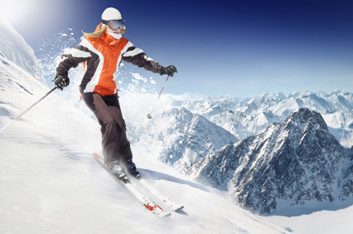
1. Be fit
“Some people can be great skiers but if they’re not fit, the two don’t really go well together,” says Lauralee Bowie, owner of Vancouver-based Lauralee Bowie Ski Adventures. “The fitter you are to ski, the more it helps you prevent injuries.” So in the off-season, take up other body-strengthening and cardiovascular activities to keep in shape, such as running, cycling or swimming and strength training.
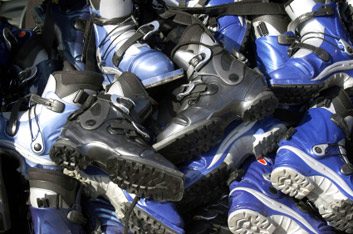
2. Check your boots
Believe it or not, proper boot fitting can affect your slope savvy. “I find about 85 per cent of my clients are in boot sizes too big,” says Bowie. “If you stand tall and lean back in the skis, you demand nothing from the ski boot. But if you get lower and forward where you’re supposed to be when you’re skiing, then your foot just flops around and you’ll have no support.”
To ensure a good fit, visit a reputable ski shop when you buy boots to ensure a proper fit. (Tip! Bowie suggests crossing over your middle and index fingers. Inside your boot, slide your foot forward so your toes lightly touch the boot’s front shell. At the back of your boot the only amount of space that there should be is the width of those two fingers overlapped. If you can fit a hand in between your heel and the boot, they’re too big.)
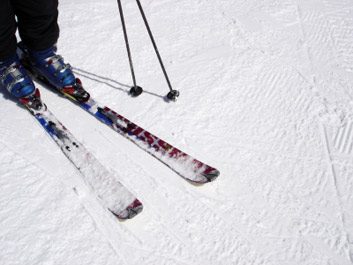
3. Check your skis, too
If you’ve got a few years of skiing under your boots and you’re still gliding on your beginner all-terrain skis, you may want to rethink what type of skis you have-maybe invest in a lighter pair of women’s skis, or if you’re skiing more on slopes with fresh powder, a change in equipment might be for you.
“In Ontario you might not need powder skis, but in the west, a pair of powder skis might be something you want to have,” says Liisa Savijarvi, a former Olympian and now an instructor with Toronto-based Ski Escape. “So when it comes to buying skis, be honest as to where you’re going to use these skis the most.”
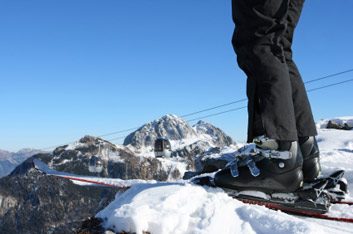
4. Tackle new terrain
“Challenging yourself to a new terrain is a good way to become a better skier,” says Louis Boudreault, the Montreal-based vice-president of sales and marketing North America for the National Snow Industries Association. New ground helps you master fresh skiing skills and you become a better-rounded skier because of it. (Take this as an excellent excuse for a winter skiing vacation.)
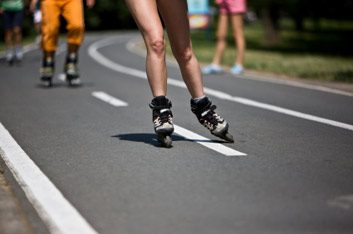
5. Cross-train
“Try and do some form of exercise that simulates skiing,” says Bowie. “For me that’s usually rollerblading or skating, or riding a bike down a hill.” All three sports improve your core and leg strength and that’s a strength that pays off when you hit the slopes.
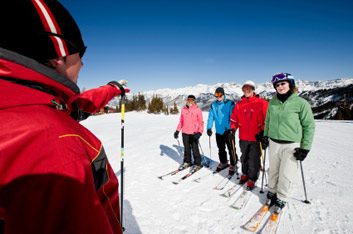
6. Take a lesson (again)
Maybe you haven’t had a lesson since you first tackled that bunny hill. “But instructors and coaches with a more critical eye can help make small adjustments to your skiing ability,” says Savijarvi. Ski hills and resorts often have instructors designated for different skiing ability levels (generally one to four, based on their own skiing and teaching ability).
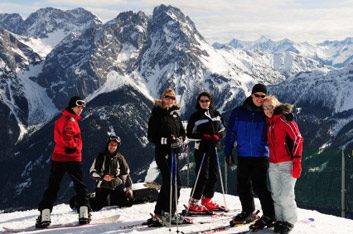
7. Keep up with the Joneses
“Ski with friends that are better than you,” says Boudreault. It forces you out of your comfort skiing zone and helps you master new skills and even opens your eyes to some new skiing tricks.
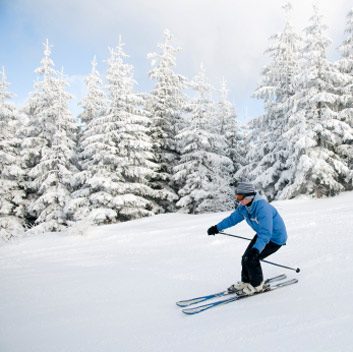
8. Practice, practice, practice…
What’s the saying? Practice makes perfect? Skiing is like any sport-the more you do it, the better you get at it and that helps you master more skills and be able to tackle other hills and terrains. So get out on the slopes!
